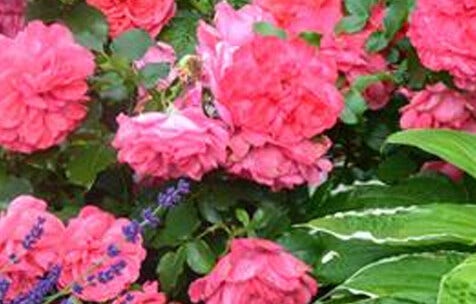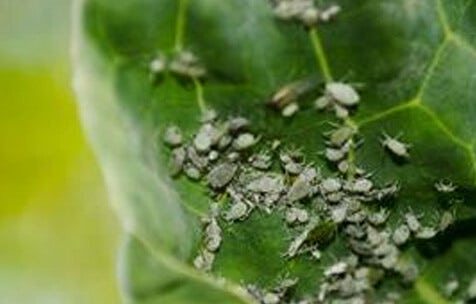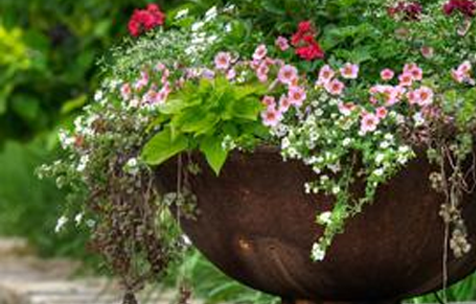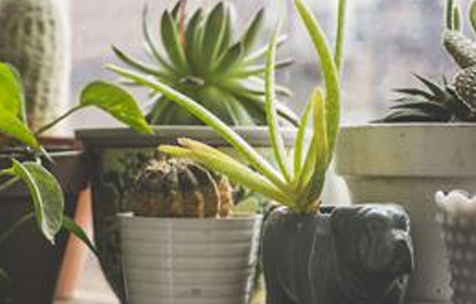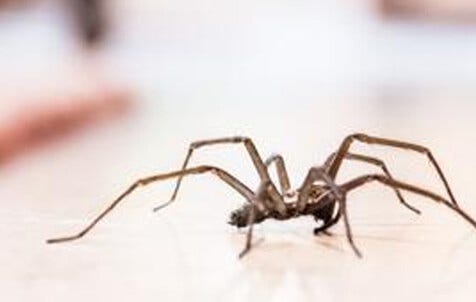

- Home
- Solution Center
- Learn
- Rose & Flower
- How To Keep Lasting Color In Your Garden
How To Keep Lasting Color In Your Garden
Designing a breathtaking flower garden is a lot like conducting a symphony. You mix and match plants, just like the notes of a great concerto. There are moments of drama and impact, followed by ones of subtle beauty and texture. Strong notes contrast with soft ones. Individual notes seem stark by themselves, but together, they create beauty much greater than any of the individual parts.
You don’t have to be a maestro to create lasting color in your garden. Just follow these tricks designers use to ensure their gardens look great throughout the growing season.
Choose Well-Adapted Plants
Before planting, do a little research and learn which plants are native, or have been adapted, to your area. Most local nurseries will stock plants recommended for your hardiness zone. The USDA Plant Hardiness Map can help you identify your zone. You can also check with local gardening societies, your local Cooperative Extension System office, or organizations such as the American Rose Society for recommended types of plants. Some even have published lists.
Establish A Color Theme And Stick To It
This will bring order to what often seems like a chaotic mix of bright colors. Try different flowers in shades of one color, or blend complementary colors such as red and violet. For an even stronger impact, mix contrasting colors like yellow and blue or yellow and red. Take clues from the color of your home or hardscape. If you need more inspiration, visit local gardens in your area, look up some famous gardens online or visit your local nursery and ask for suggestions.
White flowers make everything else look better, so add a few if you need extra punch. Silver foliage plants like Artemisia Powis Castle can have a similar effect, and like white-flowered plants, look great in gardens with night lighting.
Use All Kinds Of Plants
Nurseries and garden centers are full of flowering annuals and perennials, but don’t overlook flowering shrubs and small trees. Landscape roses in particular can form the blooming backbone of your garden. Throw in some bold foliage plants like purple fountain grass, sun coleus or dusty miller. They contribute texture and make your garden even more striking. Don’t forget bulbs like tulips and daffodils for bursts of color. And ornamental grasses come all in sorts of sizes. Mixing larger and smaller plants creates interest and depth, especially with all the color and texture possibilities.
Work The Seasons
It’s easy to plan a spring garden. The bigger challenge is to have great color throughout the growing season. Look for summer- and fall-blooming plants in all shapes and sizes. Don’t overlook trees and shrubs with great fall foliage color or brightly colored fruit. Remember, great gardens don’t happen overnight. They evolve and grow. If a particular plant isn’t working, take it out and try something new. Eventually, you’ll have the garden you want, all year long.

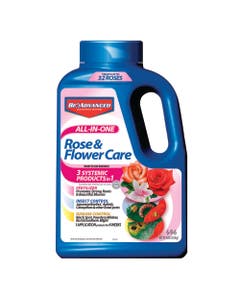
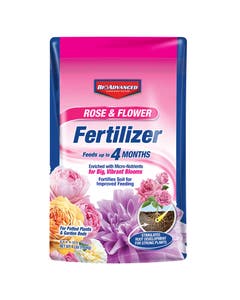
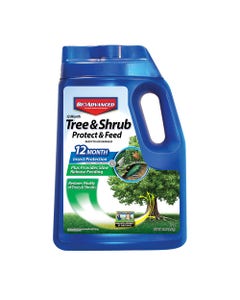
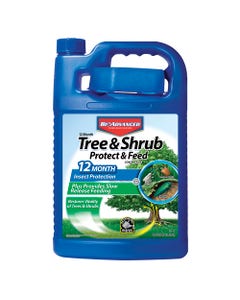


.jpg)

